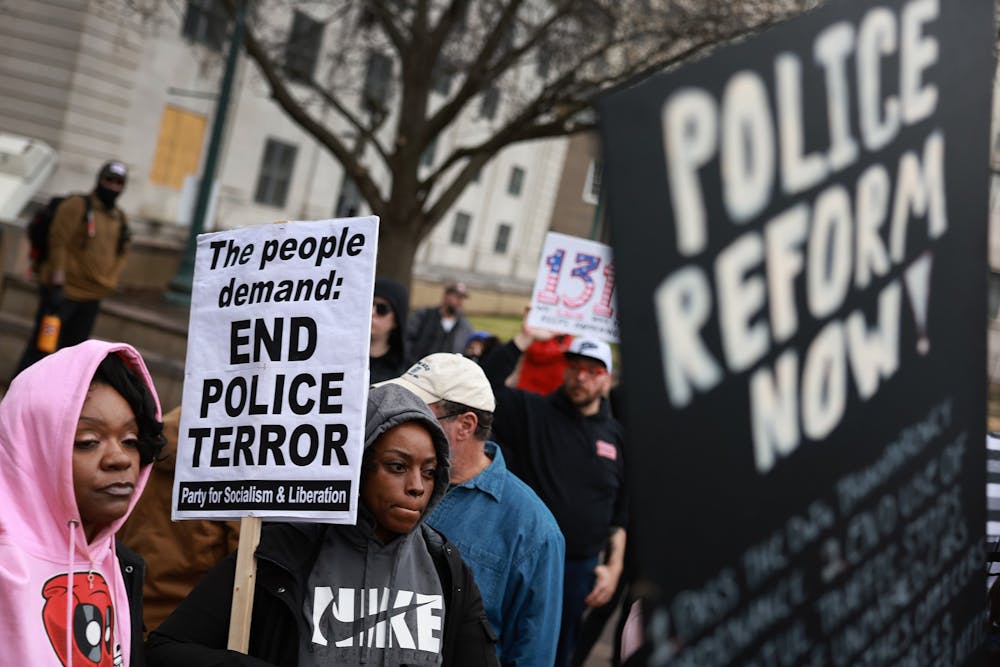Get the facts from the news
If you are still interested in the details of the case and want to keep up with the story as it develops, turn to the news. Major media outlets will have accurate and timely information, as well as warnings regarding any graphic or violent content. At best, you can stay updated, and at worst, anything related to explicit police violence will be censored.
Turn to offline sources
If any online media feels too risky, you can talk with others about what’s happening and try to understand the case without the internet. If you have friends, family or classmates who are informed, you can rely on them to relay the facts. They don’t have to get into as much detail and, thus, you can be spared.
Change your social media settings
Another solution may be to change your social media settings regarding autoplay on videos. In response to the video of Nichols' death circulating on Twitter, singer Lizzo tweeted directions for how to change your Twitter settings and avoid video content that automatically plays. Twitter also allows users to mute words and phrases. These features could moderate your timeline, both now and at the next seemingly-inevitable time this happens.
Focus on content that emphasizes victim’s lives instead of their deaths
Rather than circulating videos of police brutality, further robbing victims of their humanity and using them as political pawns, we could focus on honoring their life.
Instead of engaging with posts that highlight the circumstances of Nichols’s death, focus on content that highlights the person that he was. Instead of treating him as nothing more than a trending hashtag, we remember that he was a father who loved skateboarding and taking photos of the sunset (something he and I had in common).
To get the day's news and headlines in your inbox each morning, sign up for our email newsletters.
According to the Mapping Police Violence research nonprofit, cops shot and killed 1,174 people in 2022. I’m unsure whether Nichols would have been included in this figure for 2023 given that he was not shot and how much that number would grow if it expanded to other forms of violence.
Mass shootings, like the one that took place in Monterey Park during Lunar New Year celebrations, are rampant in our country. And with this proliferation comes a normalization of gun violence and violence in general.
The Black Lives Matter movement started to emphasize the disproportionate number of Black victims that are killed by police. From Michael Brown to George Floyd, body camera, surveillance and bystander footage have run in headlines and on social media to provoke public response and gain support.
We don’t need to see explicit violence to empathize or understand the circumstances of cases of police brutality. We can hear the circumstances of a case and use that information to speak our minds and demand change.
Hearing or seeing anyone fighting for their life or screaming for their mothers can desensitize us to the same violence we are calling out. It doesn’t help our mental health to be bombarded with these images again and again with no concrete change in sight.
While our government does nothing to address the endless gun violence we face each year, nor confront the role that some police take in abusing their power and inflicting harm, we should find other ways to talk about cases without normalizing depictions of death.
@_zarialyssa
opinion@dailytarheel.com



